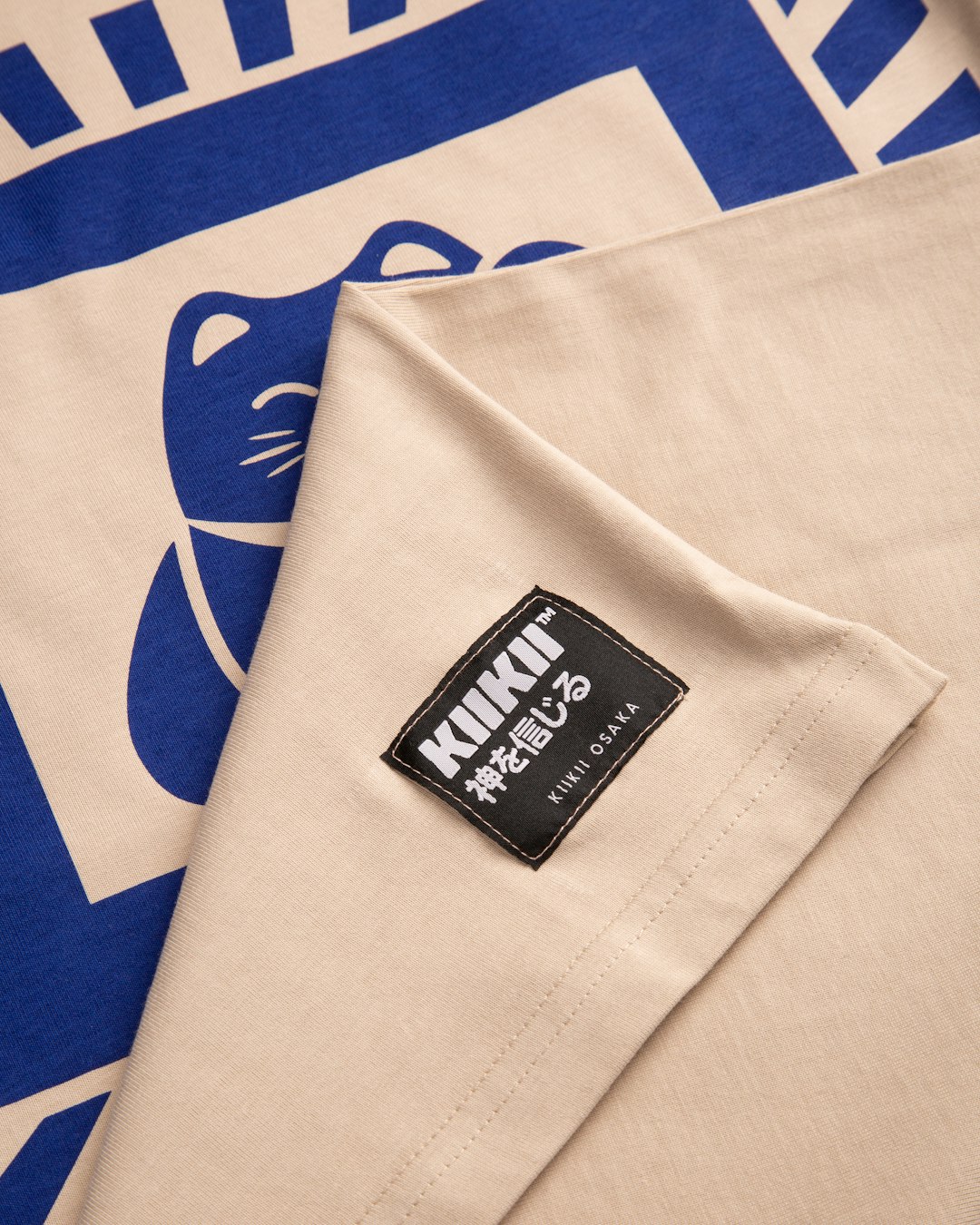Building a successful print-on-demand (POD) business requires more than just catchy slogans and trendy apparel—it hinges on branding. Chief among the elements of branding is your logo. For entrepreneurs in the POD industry offering T-shirts, tote bags, and hoodies, crafting a well-designed logo is not just a visual necessity; it’s key to long-term brand recognition and customer loyalty.
TL;DR: Your logo plays a central role in your print-on-demand business, acting as the visual anchor of your brand on products such as T-shirts, totes, and hoodies. A well-designed logo ensures professionalism and helps foster customer trust. To make the most impact, your logo must be adaptable, scalable, and appropriate for multiple surfaces and fabric types. This article provides guidance on design principles, printing techniques, and strategic considerations for creating logos specifically for POD products.
Why Logos Matter in Print on Demand
A logo is often the first impression your brand leaves—especially in crowded marketplaces like Etsy, Redbubble, or your own Shopify store. Because POD products are highly visual, a strong logo does more than identify your brand; it contributes directly to the aesthetic and emotional appeal of your merchandise.
Whether displayed prominently on a hoodie front or tucked discreetly on a tote corner tag, logos signal legitimacy, set the tone of your designs, and help differentiate your offerings in an incredibly saturated marketplace. Importantly, in a POD business model that lacks direct customer interaction, your logo becomes a silent brand ambassador.
Design Considerations for POD Logos
Designing a logo for print-on-demand clothing and accessories requires a different approach from logos created strictly for digital use. The physical nature of printed products introduces new constraints and opportunities, such as fabric texture, product size, placement, and durability. Below are some critical design considerations:
- Scalability: Your logo needs to look good at various sizes—from a small breast pocket print on a tee to a large back print on a hoodie. Design with vector graphics to retain resolution.
- Color Limitations: Consider whether your logo will be used in monochrome, multi-color, or full-spectrum designs. Some POD platforms have color restrictions based on chosen print methods.
- Fabric Interaction: Simpler, bolder designs with well-defined edges tend to look cleaner when printed on fabric, especially textured materials like fleece or canvas.
- Versatility: Create logo variations (stacked, horizontal, icon-only) that can be applied across different product shapes and orientations.
Tip: Test your logo across mockups of your POD products to evaluate balance, visibility, and cohesion with your overall brand message.
Types of Logos that Work Well for T-Shirts, Totes, and Hoodies
Not all logos are created equal—especially when applied to wearable merchandise. The most successful logos often fall into a few distinct types that lend themselves particularly well to printing on soft goods:
- Wordmarks: Typography-based logos using your brand name. They are versatile and can be subtle or bold, depending on the font choice.
- Lettermarks: Initials or abbreviations, ideal for brands with long names or for minimalist design aesthetics.
- Brand Emblems: Sealed or badge-style logos that often combine text and iconography, giving a classic and cohesive look, especially on hoodies and totes.
- Iconic Marks: Simple symbols or shapes that don’t rely on text. Highly recognizable and often become the face of the brand—think of the Nike swoosh.

Print Methods and Their Influence on Logo Design
The print method you choose will greatly affect how your logo appears and performs on different materials. Some POD services allow you to choose the technique; others select it for you based on your files and design. Here’s how major methods interact with logo design:
- DTG (Direct to Garment): Great for detailed, full-color logos. Beware of potential issues with color consistency across batches.
- Screen Printing: Offers bold, vibrant prints for logos with fewer color elements. Best suited for thicker lines and strong contrasts.
- Sublimation: Ideal for polyester products or all-over prints. Works best with light fabrics and flat surfaces.
- Heat Transfer: Good for small-batch printing and experimental logos but may not last as long with frequent washing.
Pro Tip: Always request or produce samples when testing how your logo will look across different print methods and fabrics. Sometimes a fantastic digital design doesn’t translate well to cotton or canvas.
Creating a Cohesive Brand Presence with Your Logo
Even though your POD store may carry a variety of products—from apparel to bags—keeping your branding consistent is key. This means every logo iteration should adhere to branding guidelines for:
- Color Palette: Use the same colors when possible to retain visual cohesion across products.
- Spacing and Padding: Maintain appropriate spacing around the logo to ensure it doesn’t look crowded or unprofessional.
- Orientation and Placement: Use templates to consistently place your logo in approved positions (e.g., shirt chest, tote corner, hoodie sleeve).
Build a brand kit to ensure all designers, collaborators, or platforms handling your artwork apply your branding consistently.
Testing and Validating Your Logo
Prior to rolling out a full collection of products, validate your logo with small focus groups, A/B testing, or limited product launches. Feedback mechanisms could include:
- Social media polls (helpful for gauging aesthetic preferences)
- Surveys to early buyers or mailing list subscribers
- Sales performance metrics from different logo placements or color options

Professionalism doesn’t always mean complexity. A basic logo, executed cleanly, can be more effective than one overloaded with detail. The more you test across mockups, real-world samples, and customer feedback, the better your final designs will resonate.
Legal Considerations
It’s essential to ensure you have full rights to use every element of your logo—from the font to the icons. Avoid:
- Using clipart or online templates without commercial licenses
- Using fonts that are free for personal use only
- Copying the style or structure of established brands
For long-term growth and possible expansion (including trademark registration), having an original logo that is legally clear of issues is crucial to protecting your POD brand.
Where to Create Your Logo
Depending on your skill level and budget, several tools and services can help you create a high-quality logo suitable for garments:
- Professional Designers: Work with a specialist who understands fabric print compatibility and can provide multiple formats (vector, transparent PNG, etc.).
- Logo Generators: Tools like Looka, Canva, or Hatchful offer basic starting points but use caution regarding uniqueness and licensing.
- Design Software: Adobe Illustrator and Affinity Designer are excellent choices if you want full creative control.
Always save your logo in multiple formats, especially SVG and high-resolution PNG, along with a single-color variation to increase compatibility with diverse printing environments.
Conclusion
A well-designed logo can elevate your print-on-demand business from hobby project to scalable brand. By focusing on scalability, simplicity, and suitability for diverse materials and print methods, you ensure your logo not only looks great on T-shirts, totes, and hoodies—but also earns the trust and loyalty of your customers.
Whether you’re launching your first collection or revamping an existing design, it’s worth investing the time to create a logo that aligns with your brand vision and withstands the practical rigors of physical production. After all, your logo isn’t just a graphic—it’s your visual handshake with the world.
